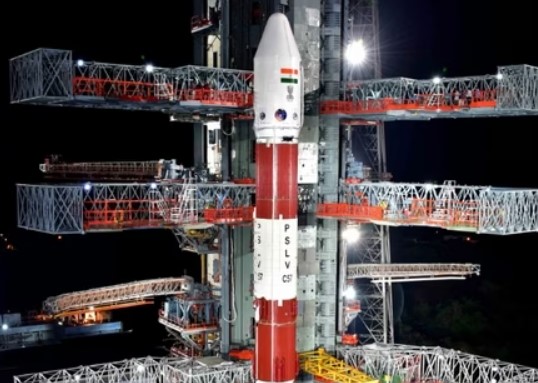Aditya L1
In today’s fast-paced world, technological advancements continue to shape our lives in countless ways. One such innovation that has recently gained significant attention is Aditya L1. In this comprehensive article, we will delve deep into the concept, its implications, and the potential it holds for the future.
Table of Contents

Introduction to Aditya L1
Aditya L1, often referred to as the “Sun Mission,” is an ambitious project undertaken by the Indian Space Research Organisation (ISRO). This mission is poised to revolutionize our understanding of the Sun and its impact on Earth.
Understanding the Objectives
The primary objective of Aditya L1 is to study the Sun’s outermost layer, known as the corona. This region is of particular interest to scientists due to its influence on space weather and its potential to disrupt communication and navigation systems on Earth.
Equipped with Cutting-Edge Technology
The Aditya L1 spacecraft is equipped with state-of-the-art instruments, including spectrometers and imagers, which will provide invaluable data about the Sun’s atmosphere. These instruments will help scientists unravel the mysteries of the Sun’s corona and its dynamic behavior.
Why Aditya L1 Matters
Space Weather Forecasting
One of the key benefits of Aditya L1 is its potential to enhance space weather forecasting. By understanding the Sun’s activity better, we can predict solar storms and their potential impact on Earth’s technological infrastructure.
Advancing Scientific Knowledge
Aditya L1 is set to contribute significantly to our scientific knowledge. It will shed light on the mechanisms behind solar eruptions and the Sun’s magnetic field, which have far-reaching implications for astrophysics.
The Technology Behind Aditya L1
Spectrometers
Aditya L1 is equipped with a high-resolution spectrometer that will analyze the Sun’s emissions in various wavelengths. This will provide crucial data about the temperature and composition of the corona.
Imagers
The spacecraft also boasts advanced imagers that will capture images of the Sun in different wavelengths, allowing scientists to monitor solar activities more comprehensively.

Challenges and Future Prospects
Navigating Extreme Conditions
Operating a spacecraft in close proximity to the Sun presents numerous challenges. Aditya L1’s ability to withstand extreme heat and radiation is a testament to ISRO’s engineering prowess.
Collaborative Research
Aditya-L1 is not just an Indian endeavor; it is part of a global effort to understand the Sun better. Collaborative research with international space agencies will yield a wealth of data for scientific exploration.
Conclusion
In conclusion, Aditya-L1 represents a significant leap in our quest to comprehend the Sun’s mysteries. Its potential to enhance space weather forecasting and advance our scientific understanding makes it a remarkable innovation. As we embark on this journey to explore the Sun’s corona, we are poised to gain insights that could shape the future of space exploration and technology.
FAQs
- What is Aditya-L1’s main objective? Aditya-L1 aims to study the Sun’s corona to better understand its impact on space weather and Earth’s technological systems.
- How will Aditya-L1 benefit space weather forecasting? By providing detailed data about solar activity, Aditya-L1 will improve our ability to predict solar storms and their potential consequences.
- What technology does Aditya-L1 use to study the Sun? Aditya-L1 is equipped with advanced spectrometers and imagers to analyze the Sun’s emissions and capture images in various wavelengths.
- Is Aditya-L1 solely an Indian mission? No, Aditya-L1 is a collaborative effort with international space agencies to advance our understanding of the Sun
Search us on Google by typing Interestopedia.com

Pingback: 61. ISRO Upcoming Missions: A Glimpse into India's Space Odyssey - Interestopedia